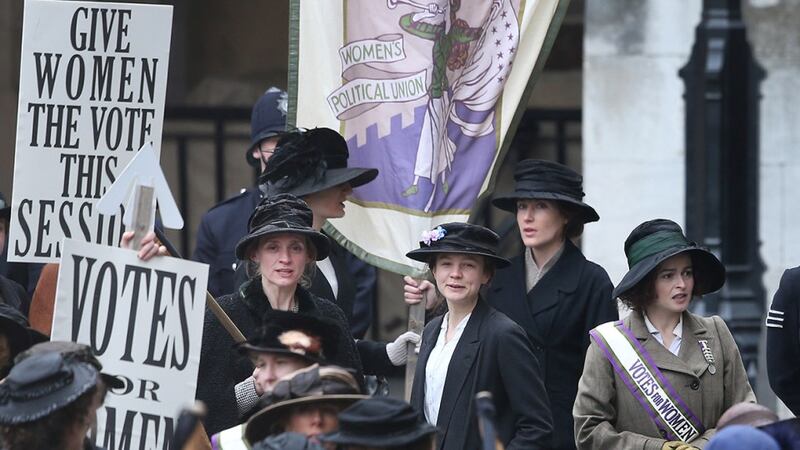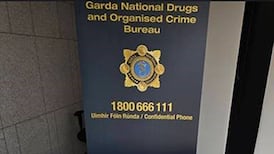On September 21st, 1918, a girl called Clare Cunniffe gave a speech to the Aquinas Debating Society of Dominican College in Eccles Street, Dublin. The topic of her speech was "Why Women Should Have the Vote", and according to the school's yearbook, The Lanthorn, her paper "gave her full scope to express her rather definite and decided views on that much vexed question". I don't know what happened to this determined young woman but the speech she gave almost a century ago is a reminder that girls and young women have always had strong views when it comes to women's rights.
I discovered Clare Cunniffe last year when I was researching my new novel for young adults, The Making of Mollie. I went to the Dominican College myself (it had moved from Eccles Street to Griffith Avenue by then), and the early editions of The Lanthorn were incredibly useful when it came to recreating the world of my young heroine.
Mollie is a 14-year-old girl from a middle-class Drumcondra family who discovers that her older sister Phyllis is actively involved in the women’s suffrage movement. As Mollie finds out more about the cause, she starts to notice the inequality around her. She and her friend Nora become determined to help the movement, even though the movement (or at least Phyllis) doesn’t particularly want her help.

Perhaps it’s inevitable, but the Irish suffrage movement is still overshadowed in our national imagination by the struggle for Irish independence, which understandably dominates the popular historical narrative of the early 20th century.
While the suffrage movement has been documented and explored by brilliant historians both in and outside of Ireland, from Rosemary Cullen Owens to Senia Paseta, there hasn't been a major non-fiction book on the topic aimed at a general audience since Cullen Owens's excellent Smashing Times, which was published in 1984. And while women's history has been marginalised everywhere, I suspect that the British suffrage campaign is much better known to the public both in Ireland and the UK than our home-grown version.
But the struggles of the Irish suffrage campaigners are still relatable to anyone who has ever campaigned for women’s rights. When writing about Mollie’s feminist awakening, I drew on my own teenage experiences.
I grew up in a family of sisters in which we were encouraged to question gender roles, but I don’t think I fully understood the need for serious feminist activism until I was 16, in early 1992. The Irish State’s treatment of Miss X, the 14-year-old girl at the heart of the X Case, filled me with such visceral horror that I really started questioning the system for the first time – and decided that it had to change.
This wasn't the only event that formed my youthful feminist consciousness – the "riot grrrrl" movement also had an effect, as did reading Susan Faludi's brilliant Backlash, a book which transformed how I regarded the media and popular culture.
It all meant that by the time I was 17, the way I viewed the world had changed forever. And it was that sense of transformation, that new awareness of a wider political world, that I tried to capture in The Making of Mollie.
As a feminist, I found the research both inspiring and strangely familiar. In 1912, young suffragettes were highly visible on the streets of Dublin, chalking feminist slogans and information about meetings on the pavement, making themselves heard even when they were abused (sometimes physically) by conservative groups.
They and their methods were constantly criticised, even by those supposedly sympathetic to their cause, but they kept going. In 1912 the second issue of The Irish Citizen, the magazine produced by the Irish Women's Franchise League, printed a parody of Kipling's Tommy. The final verse still chimes today.
“For it’s woman this, and woman that, and ‘women, say your say’
But it’s ‘what’s the woman up to?’ when she tries to show the way.
When she tries to show the way, my friends, when she tries to show the way
And the woman means to show it – that’s why she’s out today!”
The Making of Mollie by Anna Carey is published by O’Brien Press and is out now
If you know anything about the Claire Cunniffe mentioned in this article please email ringle@irishtimes.com.








